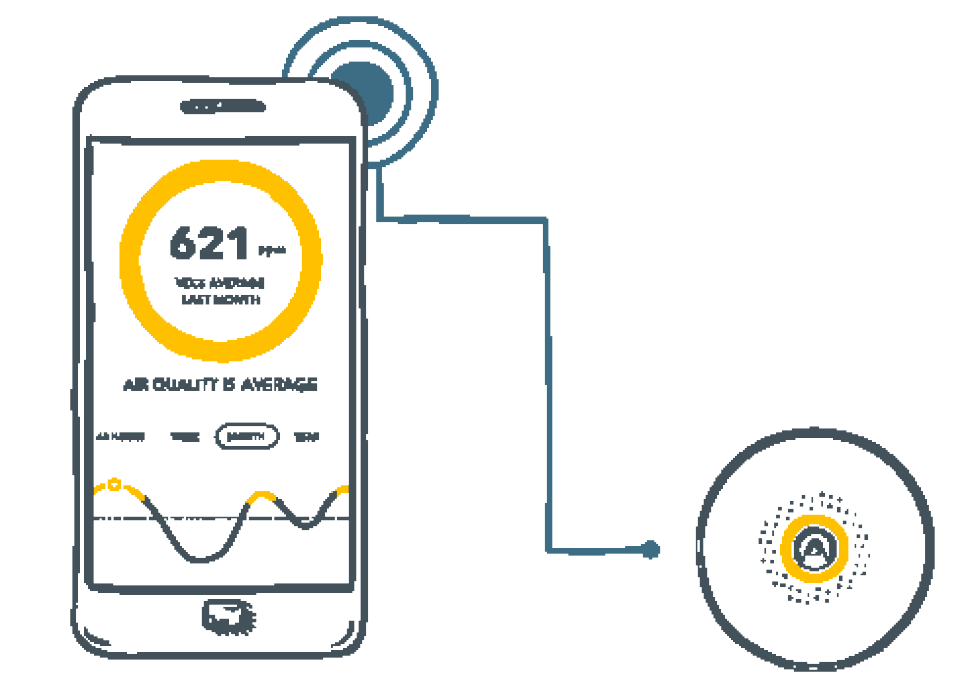Menu
- Products
Indoor Air Quality
Air Purifier
Radon
Top Selling Bundles
- Support
- For home
- For business
- For schools
- For pro
- Denmark (English)
Menu
Indoor Air Quality
Air Purifier
Radon
Top Selling Bundles
Good indoor air quality (IAQ) directly affects the health and comfort of building occupants. Understanding and controlling common contaminants indoors can help reduce your risk of air quality health concerns. Contaminants or pollutants cause the air you breathe to become unhealthy. Ventilation, inhabitants, use of space and household items all contribute to indoor air quality.

Decrease exposure to this odorless, radioactive gas found in all buildings and homes. It is the number one cause of lung cancer amongst non-smokers but can be managed with long-term, continuous monitoring.
CO2 is an invisible gas that comes from human breath. It can cause headaches, restlessness and drowsiness as well as affect decision-making skills. High levels are correlated to low productivity, absenteeism and infectious disease transmission.
Preventing mold growth helps with asthma, allergies, sleep and overall health. But when you can see mold growing it’s too late. With mold risk indication you can take action to prevent mold before it starts and keep your family and valuables safe.
Too much or too little humidity can affect allergies, asthma and cold or flu symptoms. When humidity levels are too high, mold and rot will occur. Low humidity levels cause static electricity, dry skin and hair, and increased susceptibility to colds and respiratory illness.
VOCs are odors and chemicals emitted from many everyday products, including cleaners, paints and furniture, cosmetics, hobby products, cooking and even human breath.

Approximately 21,000 people in the US and 20,000 in the EU die from radon-related lung cancer every year.

Studies have found that levels of VOCs average 2 to 5 times higher indoors than outdoors.

An increase of 400ppm in CO2 caused cognitive function to decline by 21%, seriously impairing judgment and decision-making.

Making small changes to your every day habits can make a big impact on the health of your air. Take control of the air you breathe by monitoring indoor air quality in homes, schools, offices, and all other indoor spaces.